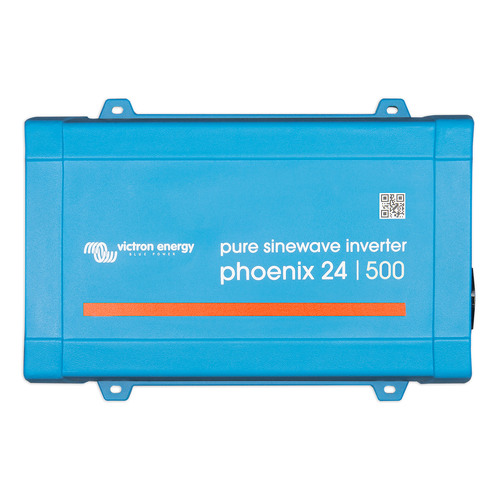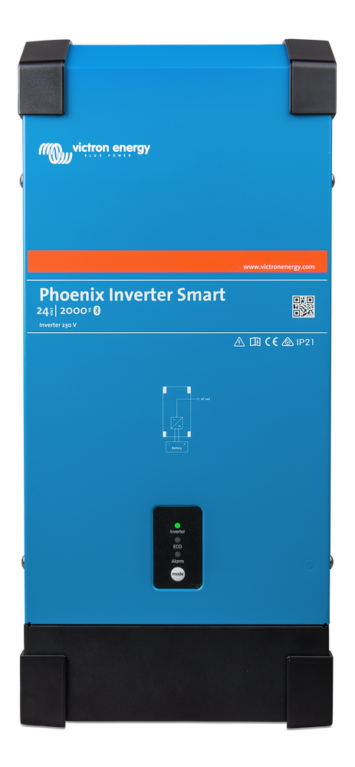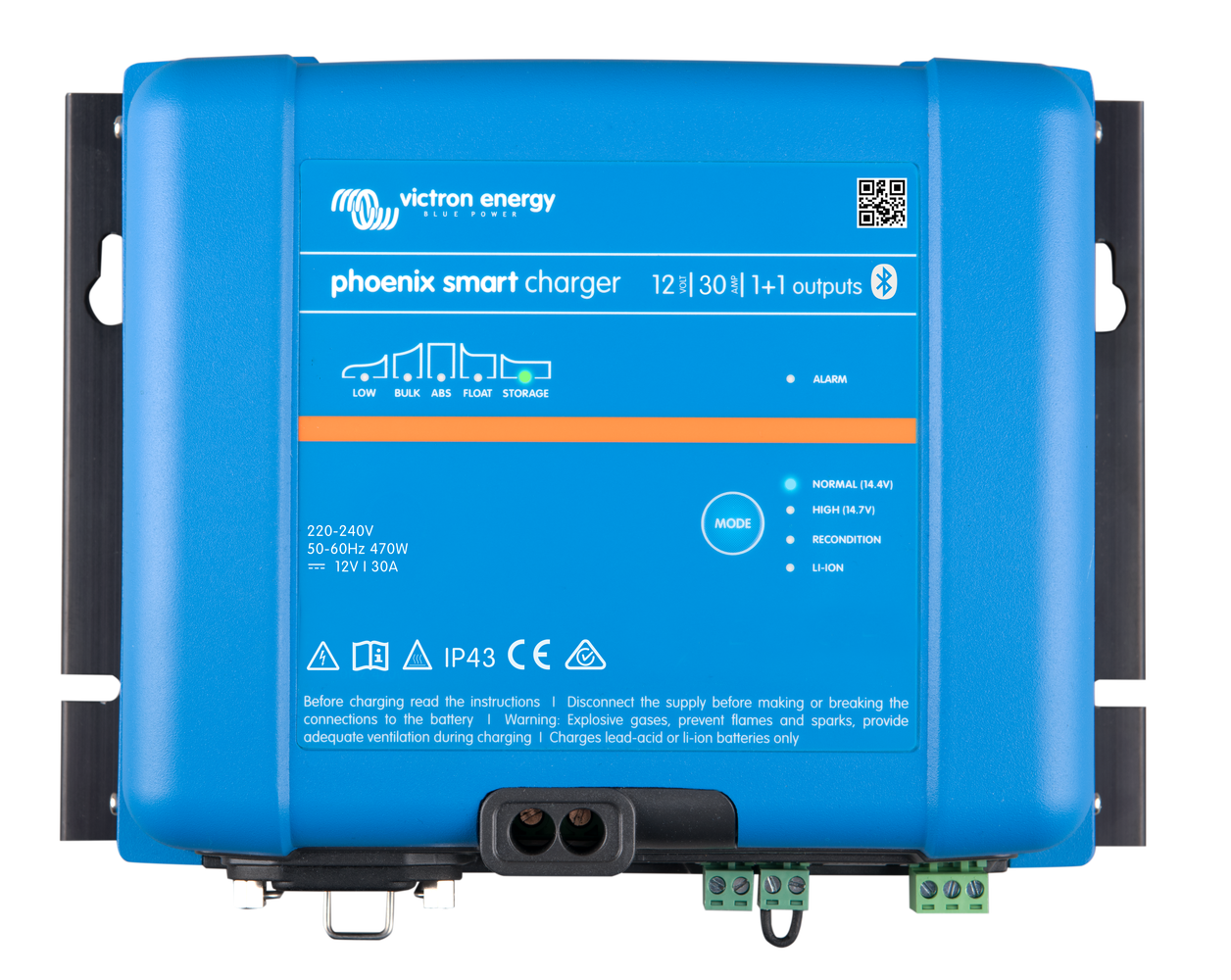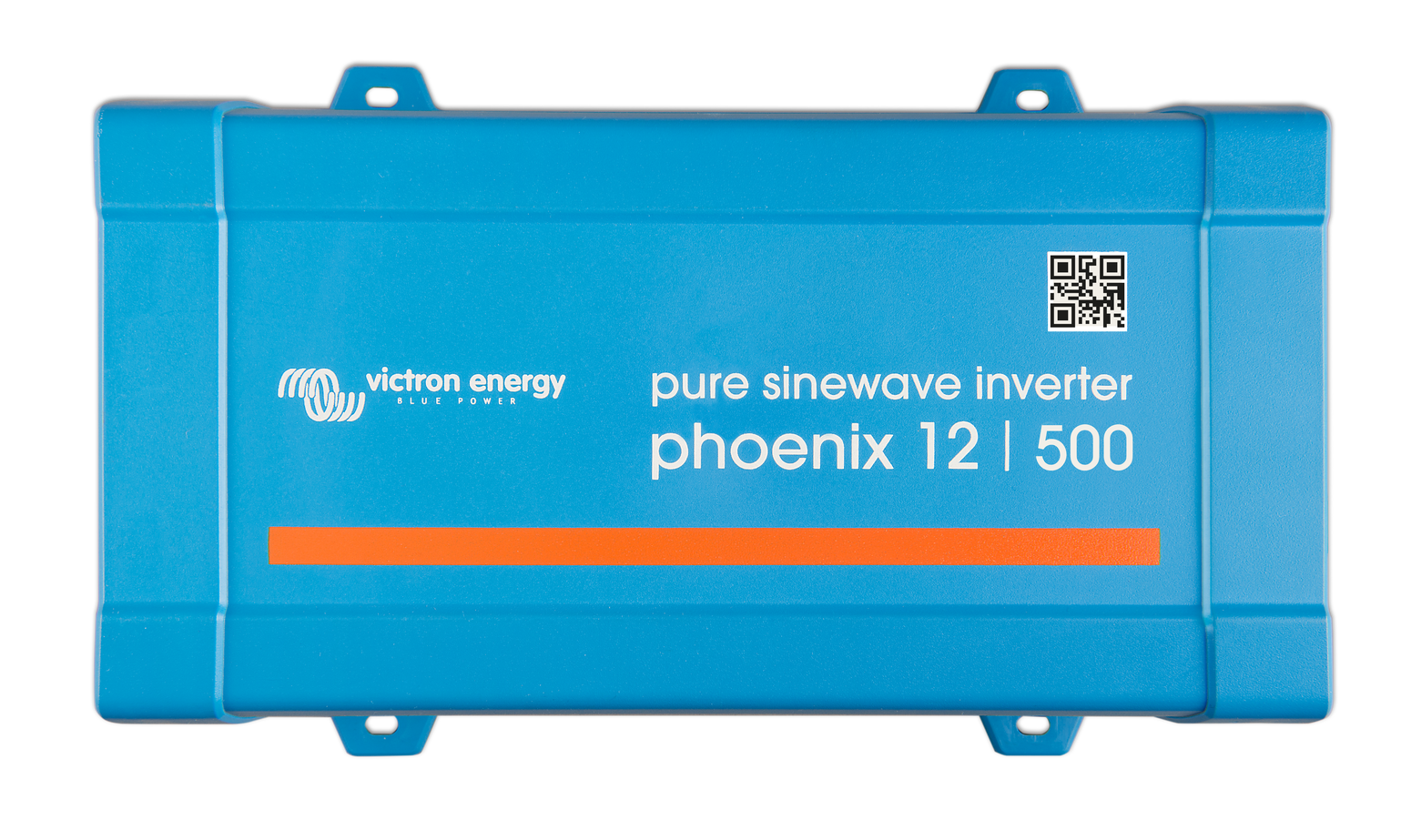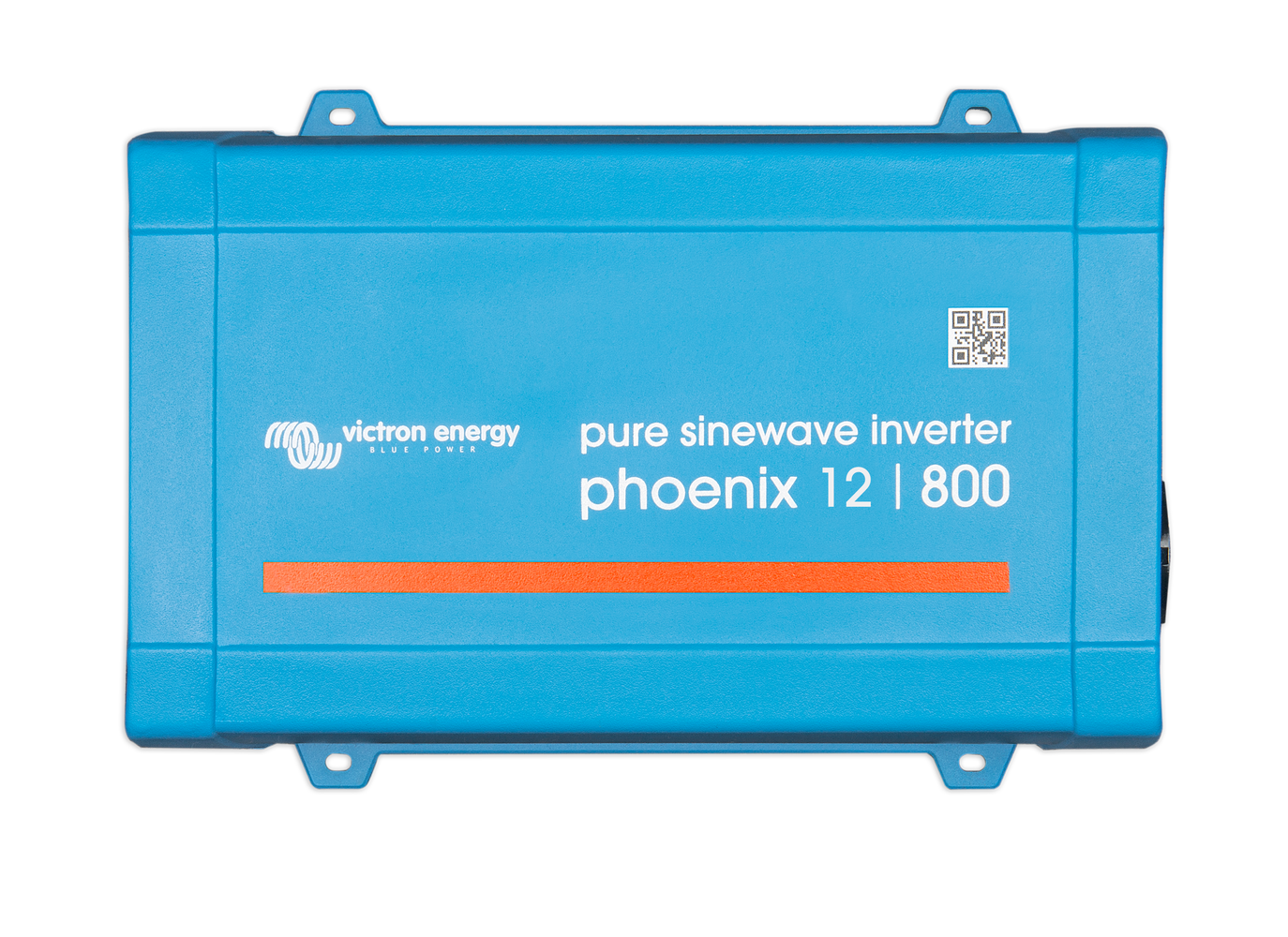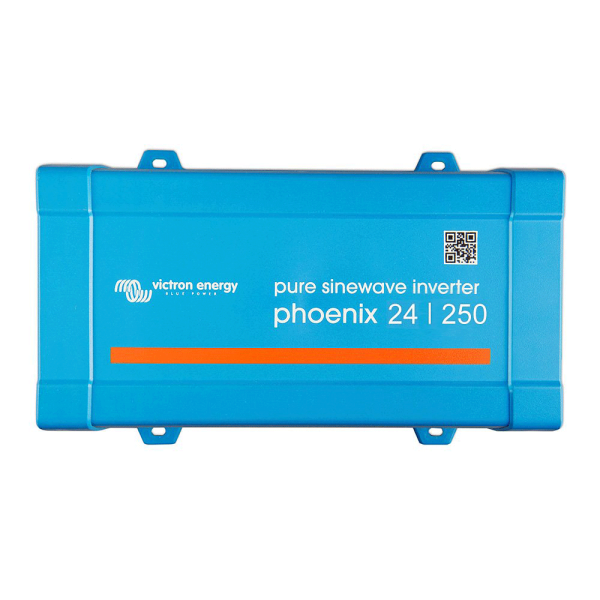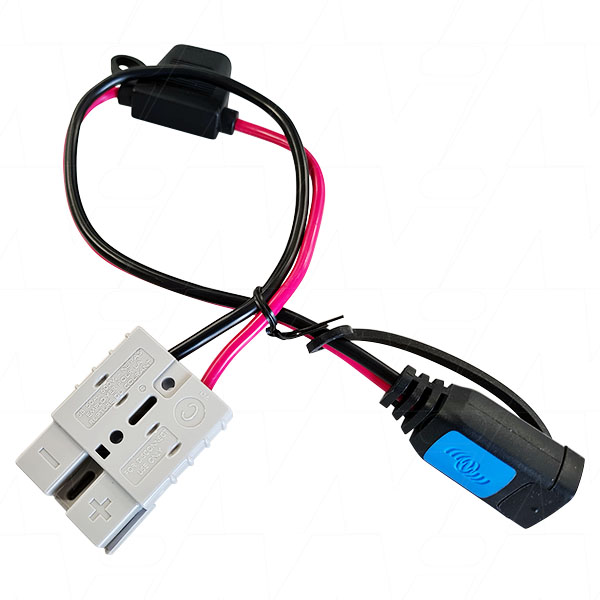Your cart is currently empty!
Shipping class: Free Shipping
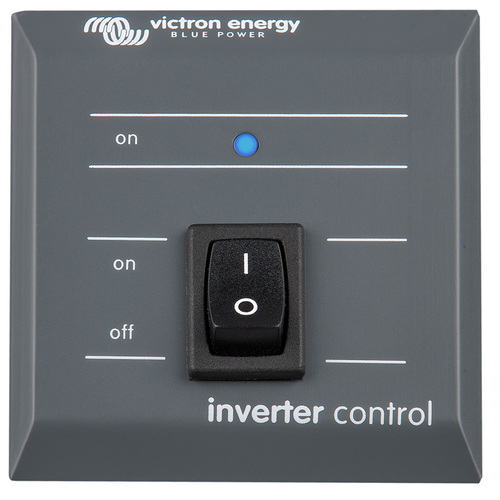
Victron Phoenix Inverter Control VE.Direct
Model # REC040010210R UPC/EAN 8719076041344 Brand Victron Energy Shipping Weight 0.1200kg Shipping Width 0.060m Shipping Height 0.060m Shipping Length 0.030m Shipping Cubic 0.000108000m3 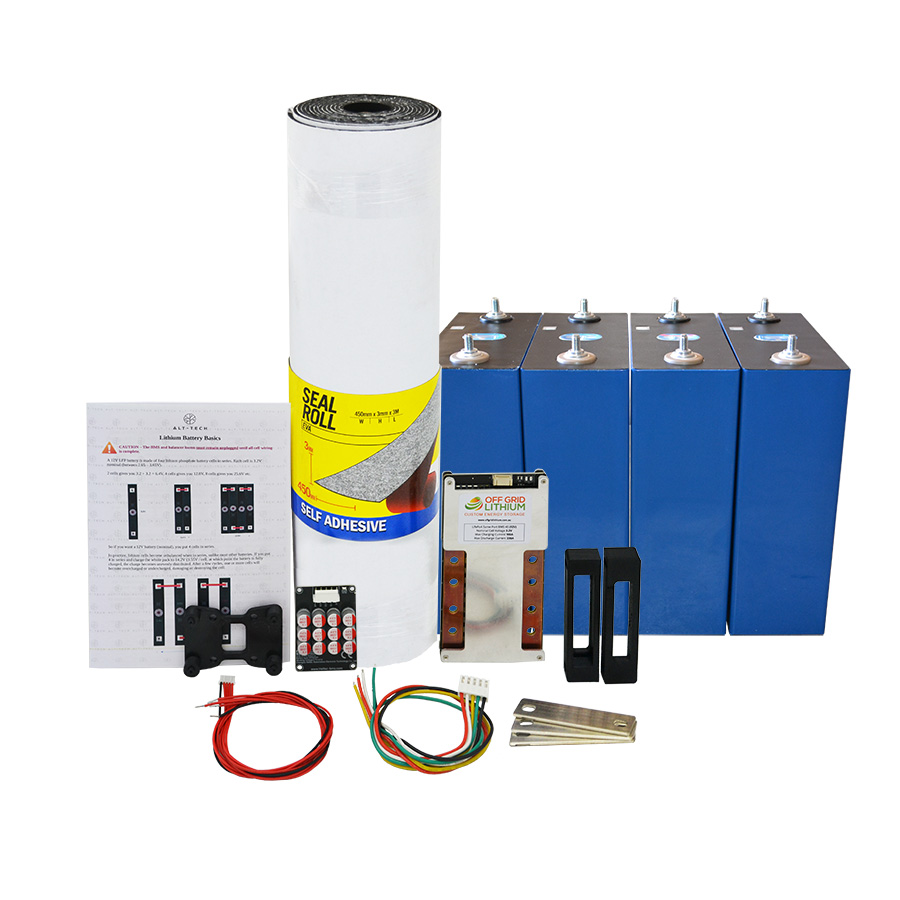
Off Grid Lithium Battery Kit – 4S 12V 302Ah 3.8kWh inc 330a BMS, 5A Active balancer
These kits are NOT for everyone – you should have a level of competence around DC power. If you do not know how to drive a multimeter or follow a wiring diagram, we do not recommend attempting to build a kit.
Our team has many years of combined experience with lithium along with pretty much anything to do with off grid solar.
We do NOT, and will not use the run of the mill “smart BMS” as we have not found them to be reliable enough for our liking – your BMS is a safety device (like a circuit breaker) – to offer a 5 year warranty, we need to have a BMS that we consider to be totally reliable
Heltec “hardware” BMS’s do not just randomly go to sleep or lockup – therefore happily doing the job they are meant to do (protect your cells from damage)
If you are wanting the monitoring features that comes with a “smart BMS” then we fully recommend a Victron Smart Shunt – which will give you the state of the battery etc. while leaving the hardware BMS to do its job in the background.
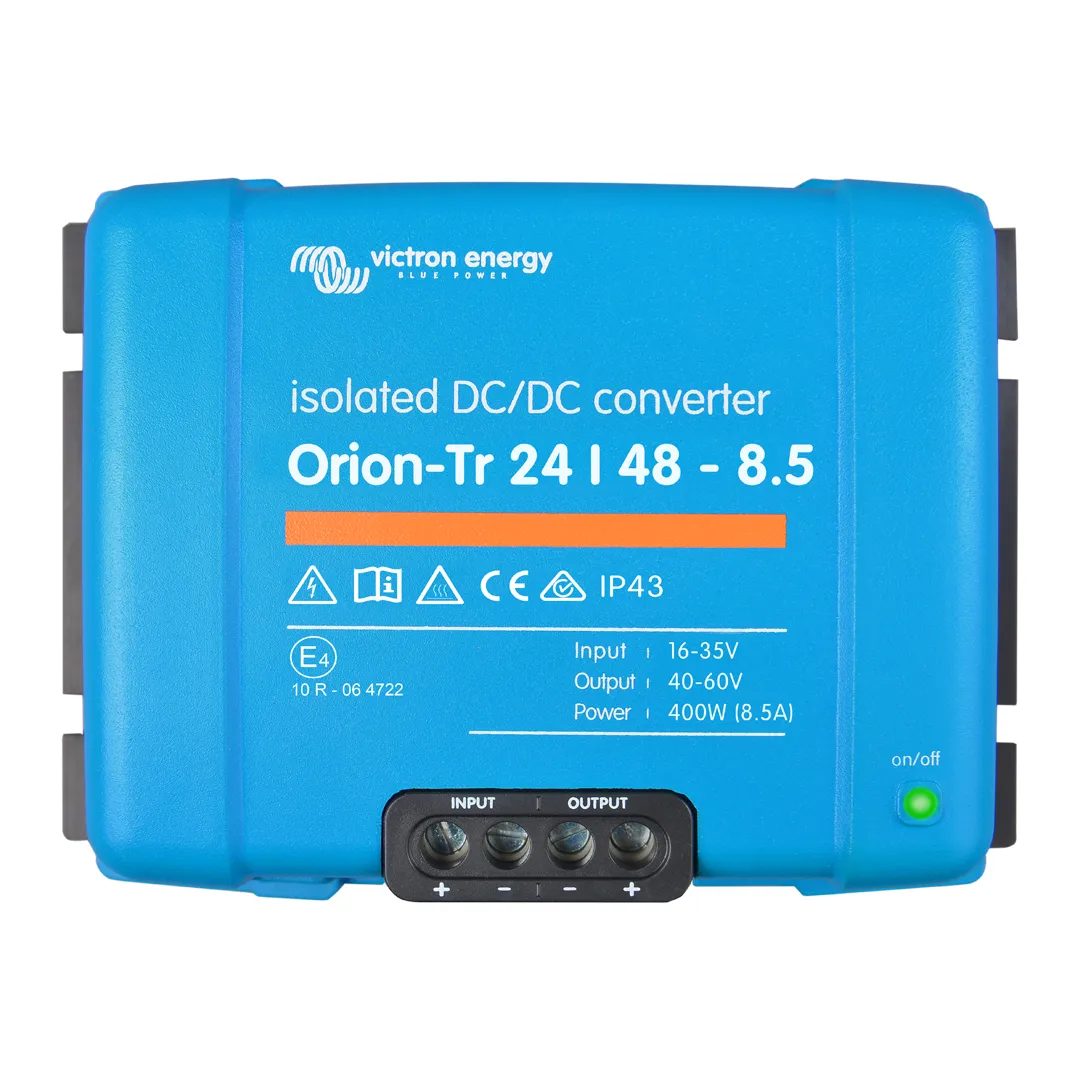
Victron Orion-Tr 24/48-8,5A (400W) Isolated DC-DC converter
- 24V – 48V / 8.5Amps
- DC-DC Converter
- IP43 Protection
- Adjustable Output Voltage
- Short-Circuit Proof
Remote on/off: The remote on/off eliminates the need for a high current switch in the input wiring. The remote on/off can be operated with a low power switch or by for example the engine run/stop switch.
All models are short circuit proof and can be paralleled to increase output current. An unlimited number of units can be connected in parallel.
IP43 protection: When installed with the screw terminals oriented downwards.
Screw terminals: No special tools needed for installation.
Input fuse: On 12V and 24V input models only.

Book – Solar that really works
Publisher Marketing:
Solar is a subject that increasingly interests, yet one about which competent independent advice is difficult to obtain.
Collyn Rivers totally revised new edition of his earlier and separate caravan and motorhome editions of Solar That Really Works! fills a previously all but unexplored need. In one tightly written book, Collyn covers all that is needed to design and install solar electrical systems in anything from a tiny caravan or campervan to a large fishing lodge. Along the way it takes in the specialised needs of big converted coaches and the increasingly accepted fifth-wheeler caravans.
Solar That Really Works! covers just what can and cannot realistically be run from a typical solar installation. It shows how to calculate the energy required, shows simple ways of finding out the most probable solar energy available anywhere and anytime in Australia and New Zealand. It shows also how much solar panels really do produce.
The book also includes full and often illustrated instructions on how to install systems and their various components.
As with Collyn’s books generally, the writer leaves nothing that the reader is expected to take on trust. He not only explains, in simple English, the ‘how’ of things, he also explains the ‘whys’. Here, for the first time for many people (including equipment vendors) is why a solar panel typically produces only 70% of what it says on the box. And why this one especially catches out even science teachers.
Solar That Really Works! also introduces the author’s totally new approach to choosing the correct cable size without the need for often misleading and complex wire tables.Author Bio:Rivers, Collyn
Originally trained as an RAF ground radar engineer, Collyn Rivers spent a brief time with de Havilland designing power systems for guided missiles, before becoming a test engineer at the Vauxhall/Bedford Motors Research Test Centre. He migrated to Australia in 1963, where he designed and built scientific measuring equipment. In 1971, Collyn Rivers founded what, by 1976, became the world’s largest-circulation electronics publication, Electronics Today International. From 1982 to 1990 he was technology editor of The Bulletin and also Australian Business magazines and in 1999 started two companies: Caravan and Motorhome Books, and Successful Solar Books (now rvbooks.com.au and solarbooks.com.au). Anyone who has been an electronics enthusiast over the past 30 years or so will be well aware of Collyn Rivers. He was the founding editor of Electronics Today International (ETI) magazine which went on to have a number of very successful editions in the UK and elsewhere, as well as being very successful in Australia. Silicon Chip MagazineTable of Contents:
Preface
Chapter 1: Solar realities
Chapter 2: Electrical self-sufficiency
Chapter 3: Solar modules
Chapter 4: Solar regulators and monitors
Chapter 5: Batteries and battery charging (general)
Chapter 6: Batteries and battery charging (via alternators)
Chapter 7: Generators and fuel-cells
Chapter 8: Inverters
Chapter 9: Refrigerators
Chapter 10: Lighting
Chapter 11: Water and pumping
Chapter 12: Computers and TV
Chapter 13: Communications
Chapter 14: Scaling the system
Chapter 15: Example systems
Chapter 16: Extra-low voltage wiring
Chapter 17: Low voltage wiring
Chapter 18: Installing batteries
Chapter 19: Installing solar modules
Chapter 20: Installing the solar regulator
Chapter 21: Installing the fridge
Chapter 22: Installing an inverter
Chapter 23: Installing water systems
Chapter 24: Installing a voltage sensing relay
Chapter 25: Electrical converters
Chapter 26: Compliance issues
Chapter 27: Fixing problems
Chapter 28: Living with solar
Chapter 29: Walking the walk
Chapter 30: Electricity – simply explained
